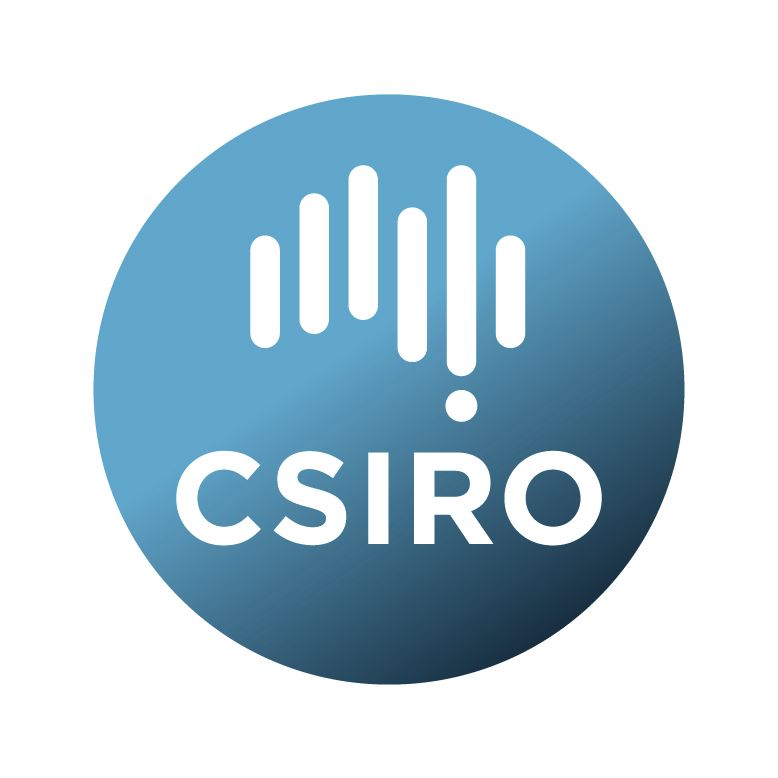Brief description
This is the dataset for digitised Williamstown tide gauge data spliced with the ANCHORS tide record.The digitisation of historical records from Williamstown, Victoria, extends the tide record back to 1872.
Lineage: The data was not collected by CSIRO, but by the Melbourne Port Authority and the Melbourne Harbour Trust. CSIRO digitised these original tide records. They have come from imaged tide register books and imaged marigrams (plots).
Registers
Tide registers commenced in 1872 through to 1996, therefore overlapping with the digital record that is available from 1966. Recording of the registers ceased temporarily in July 1940, coinciding with the transfer of operations from the Melbourne Observatory to the Melbourne Harbour Trust and did not resume again until mid-August 1943. The registers were digitised by entering data (date, hour and value) as it appeared on the page of the register into an Excel spreadsheet.
Marigrams
Marigrams (charts that trace the water levels on paper), for the Williamstown tide gauge were available at the National Tidal Centre of the Australian Bureau of Meteorology from 1875-1965. The format of the charts varied over the operation of the tide gauge; single daily charts were used from 1895 to 1926 (Figure 3a); Four-day charts were used with seven days of trace captured on the one sheet from 1926-1948 (Figure 3b); and four-day charts were used with a week of data captured on two charts from 1950 to 1965 (Figure 3c). Marigrams were missing from 1946-1949 inclusive. The marigram digitisation was performed using Plot Digitizer (available from https://plotdigitizer.com), and the two curves were digitised manually. These data were used to compare with the register data over the period of overlap but were not used in the published data sets.
Available: 2023-12-13
Data time period: 1871-12-31 to 2019-01-01
Subjects
Climate Change Processes |
Climate Change Science |
Climatology |
Earth Sciences |
NESP |
Oceanography |
Physical Oceanography |
digitisation |
sea level |
tide |
User Contributed Tags
Login to tag this record with meaningful keywords to make it easier to discover
Identifiers
- DOI : 10.25919/DSGK-MW67

- Local : 102.100.100/485981


